House rendering has become an increasingly popular way for homeowners to enhance the aesthetics of their property while also protecting it from weathering.
What is House Rendering?
House rendering is a transformative process where a protective and decorative coating is applied to the external walls of a building.
House render serves dual purposes – to shield the home from harsh elements while also providing decorative enhancements.
Rendering of houses not only enhances the structural integrity but also offers a blank canvas for creative expression. At its core, it’s the marriage of functionality and aesthetics.
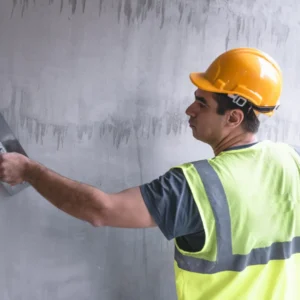
The Benefits of Rendering Your House
- Weather Protection – Quality rendering shields walls from driving rain, winds, and humidity. It prevents water penetrating into the brickwork and causing structural issues over time.
- Visual Appeal – Rendering refreshes tired exteriors and provides modern or traditional finishes. A wide range of colors and textures are possible.
- Energy Efficiency – Insulated render systems improve thermal performance. This can reduce heating and cooling costs.
- Flaw Hiding – Rendering provides a uniform appearance and can hide flawed bricks, poor pointing, or unsightly extensions.
With the right render system and proper application, your house can enjoy these advantages for over 20 years.
Types of House Rendering
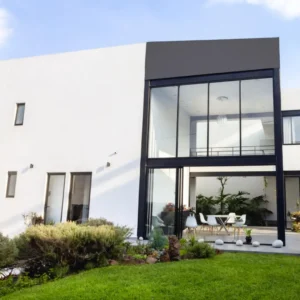
House rendering allows you to choose from a myriad of textures and finishes, breathing life into the home.
There are numerous types of house rendering systems available, ranging from classic lime renders dating back centuries to modern acrylic and silicone based options:
Traditional Renders for Houses
1. Cement Rendering
Cement rendering, a stalwart in the industry, involves applying a mix of cement, sand, and clay to the exterior walls. This robust combination not only shields the structure from the elements but also provides a versatile surface for various finishes.
2. Lime Rendering
More breathable and flexible than cement,
lime rendering is well suited to older homes.
It has an attractive finish but higher cost.
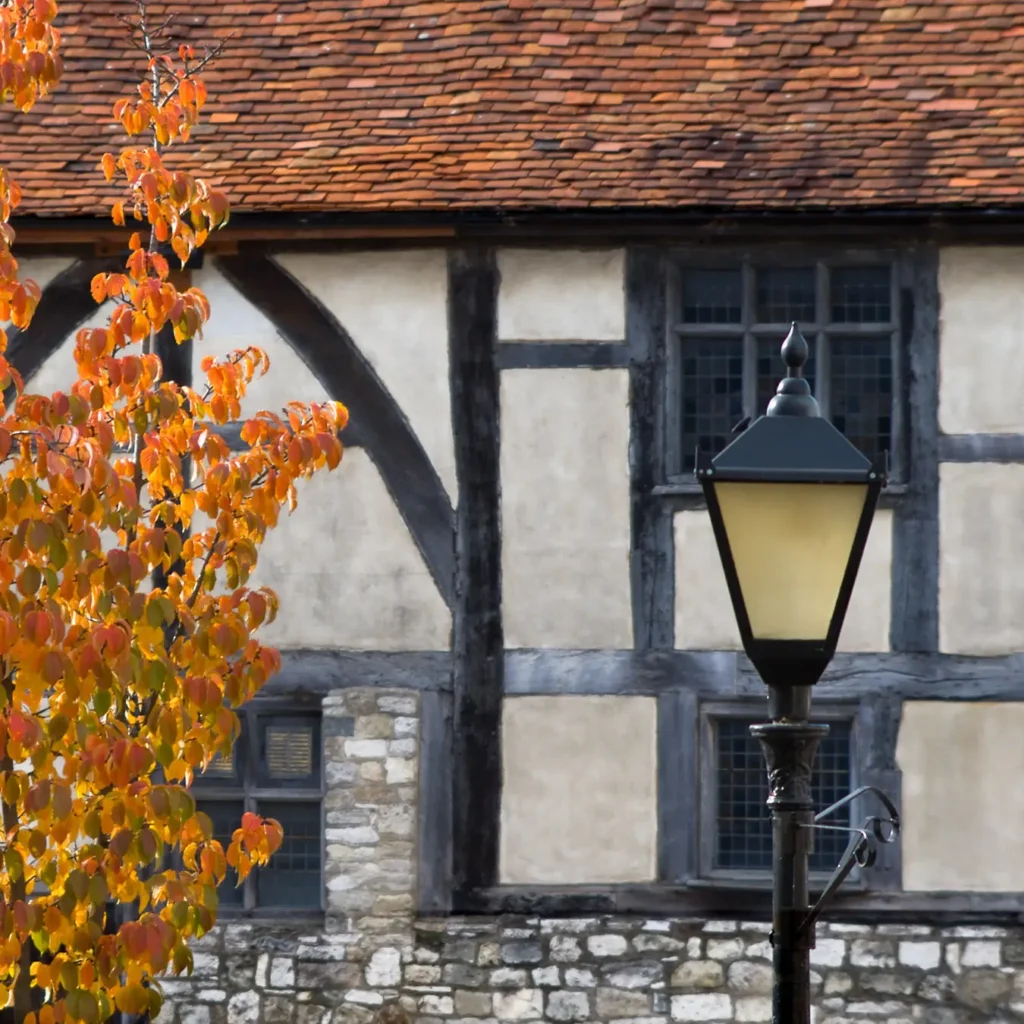
Pebbledash Rendering
With pebbledash, small stones or pebbles are thrown or mixed in to create a textured finish as the render is applied. It’s durable and decorative but also needs periodic repainting.
Clay Rendering
Environmentally friendly clay renders provide a natural, earthy
Modern House Renders
1. Acrylic Rendering
Acrylic rendering employs a polymer-based mixture.
This modern approach not only ensures durability but also offers flexibility, making it ideal for both traditional and contemporary houses.
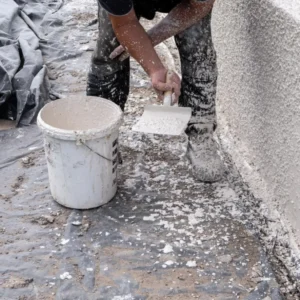
2. Silicone Rendering
Flexible, breathable and highly water-repellant, silicone render resists weather and has a long service life. It allows walls to dry out when wet.
3. Polymer Rendering
Polymer rendering combines the strengths of cement and acrylic rendering, offering a durable and weather-resistant solution.
4. Monocouche Rendering
This colored one-coat system offers a scrape-textured finish and resistance to weathering and cracks. No repainting is needed.
5. Cork Rendering
Made from recycled cork, these eco-friendly systems are flexible, durable and provide added insulation. Their texture also hides underlying flaws.
Other Creative Finishes For unique, distinctive styles, some house rendering techniques can replicate the texture and appearance of brick, stone or other designs.
Insulation for Rendered Houses
Insulated render for houses consists of combining a insulating polystyrene or mineral wool layer with an overcoat of render.
Rather than reconfiguring interior spaces to accommodate thick batt insulation, an advanced method called insulated rendering allows insulation enhancements from outside the home.
Adding insulation to your home’s exterior walls can deliver dramatic improvements in energy efficiency and cost savings on monthly heating and cooling bills.
With energy costs continually rising, now is the time to explore exterior insulation rendering.
House Rendering Process
1. Preparation
Before the rendering begins, thorough preparation is paramount. This involves cleaning the walls, repairing any damages, and ensuring a smooth surface for the rendering materials to adhere to.
2. Application
The process for applying the rendering varies based on the type of render chosen.
Whether it’s cement rendering providing a robust, classic finish or acrylic rendering offering a more contemporary touch, the skilled hands of a renderer bring the vision to life.
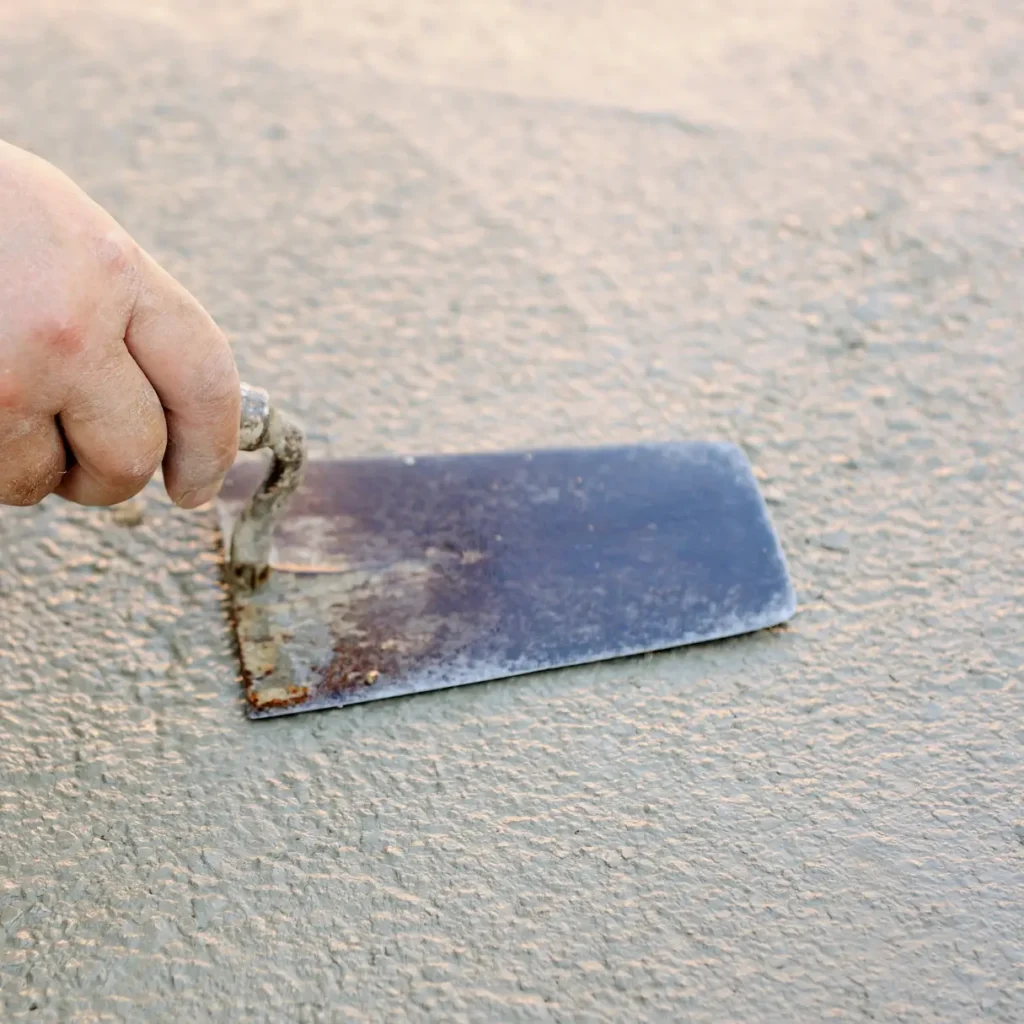
3. Finishing Touches
The final layer of render is where the magic truly happens. Finishing touches can range from a minimalist, monochromatic appeal to a textured, rustic charm. The choice is yours, and the possibilities are endless.
Cost of House Rendering
Factors Impacting Render Costs Like most home improvement projects, rendering costs can vary dramatically based on:
- Type of rendering system used
- Amount of surface preparation needed
- Underlying wall material
- Total square meterage requiring re-finishing
How much is rendering a house?
Professional guidance early on helps determine appropriate solutions for your specific property while staying within budget. Typical costs range from £60-£120 per square meter.
Choosing a Renderer to Render Your House
In the vast landscape of house rendering, the choice of a renderer can make or break the outcome.
Here’s what sets them apart.
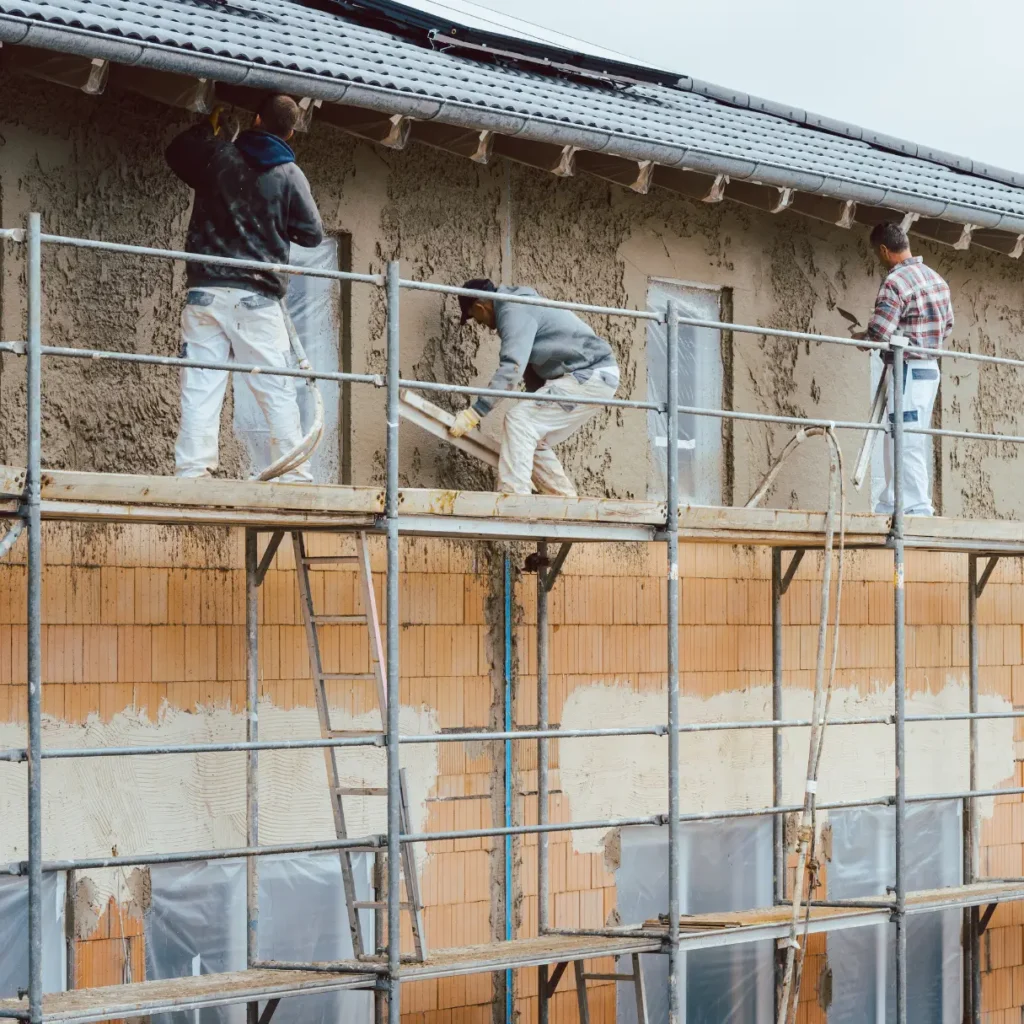
Expertise Matters
When rendering a house, precision is paramount. Professional rendering services bring a wealth of expertise to the table. They understand the nuances of different rendering materials, ensuring your home gets a treatment tailored to its unique character.
Quality Materials
Investing in professional rendering isn’t just about the immediate visual impact; it’s a commitment to long-lasting results. Quality materials, combined with skilled application, ensure that your rendered surfaces stand the test of time, maintaining their allure for years to come.
Maintaining the Finish To achieve decades of longevity from new rendering, proper maintenance is crucial. This includes periodic cleaning, inspections for cracks or damage, prompt repairs of affected areas, and re-painting every 8-10 years if necessary. Well-maintained rendering can last 30 years or more.
A Transformational Improvement Whether restoring a period home or providing contemporary curb appeal, rendered facades make a dramatic improvement to any home’s exterior. They combine aesthetics and performance like few other enhancements can. With an appreciation for the range of rendering options now available, protecting and beautifying your home’s exterior has never been easier.
FAQs
How long does rendering last on a house?
The lifespan of rendering depends on factors like the chosen material and weather conditions. Generally, a well-maintained render can last for several decades.
Can I render my house myself?
While DIY rendering is possible, hiring professionals is recommended to ensure a high-quality and durable finish.
While a committed DIYer may be tempted to render their own home, the specialized tools, techniques and troubleshooting knowledge make this an extremely difficult prospect. Engaging professional plasterers and renders is highly recommended for quality results. They also take weather contingencies into account, never applying render in wet conditions or before a freeze.
Do I Need Planning Permission to Render My House?
In most cases, planning permission is not required to install or replace external render on your house. Exceptions are conservation zones or connected terraced houses where neighborhood character and appearances come into play.
Conclusion
House rendering is a versatile and practical solution for enhancing both the aesthetics and functionality of a building. With a variety of traditional and modern render systems available, homeowners can choose the option that best suits their preferences and requirements. By understanding the benefits, types, and expert tips associated with house rendering, individuals can make informed decisions to create a durable, weather-resistant, and visually appealing exterior for their homes.
Author Profile

- I have many qualifications and certificates in construction, such as City & Guilds, CPCS and CITB. These are the highest standards of training and competence in the industry. Whether you need help with plumbing, carpentry, bricklaying or any other trade, I’m here to help you succeed.
Latest entries
- March 6, 2024CalculatorsWall Tile Calculator: How Many Wall Tiles Do You Need
- February 29, 2024Roof Truss Cost Calculator
- December 31, 2023Wage Take Home Calculator
- December 30, 2023Day Rate Calculator
